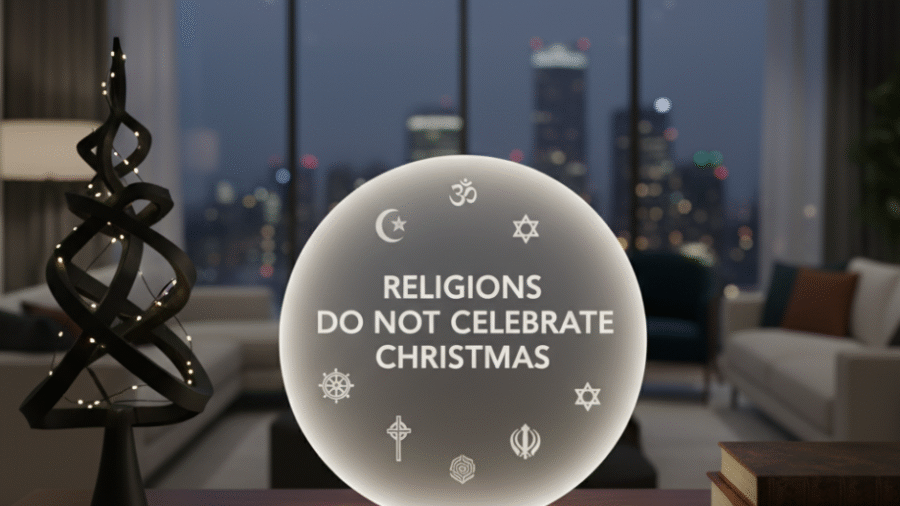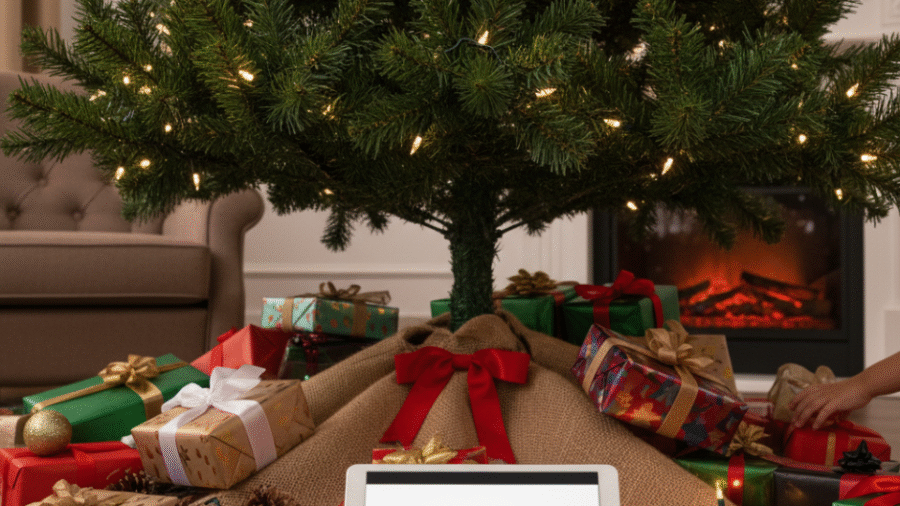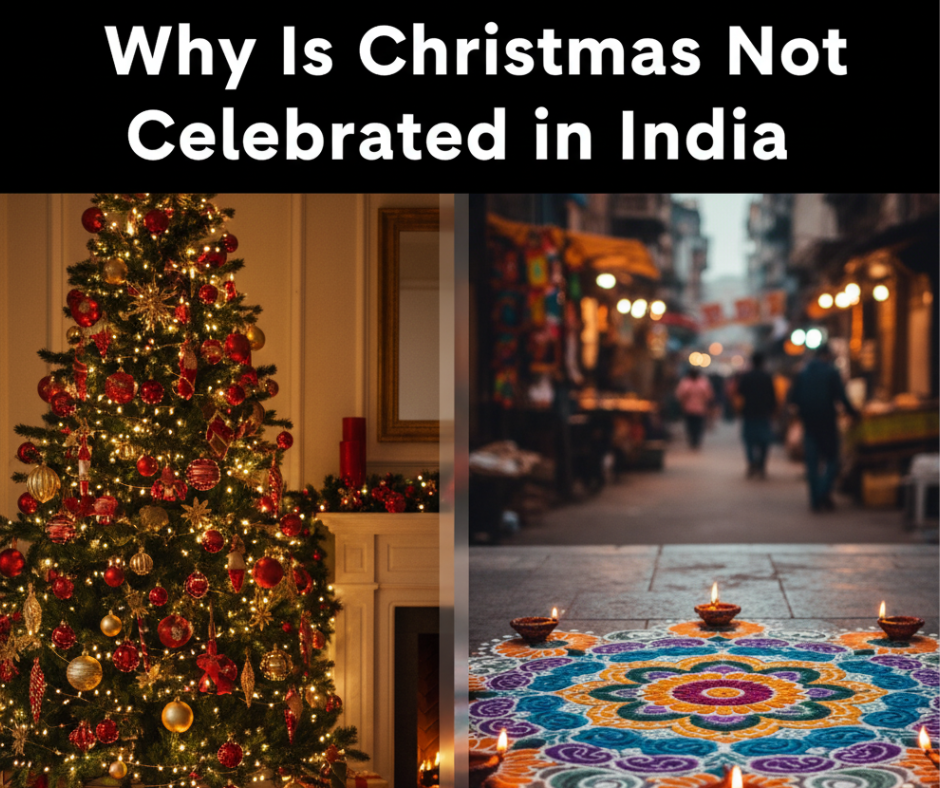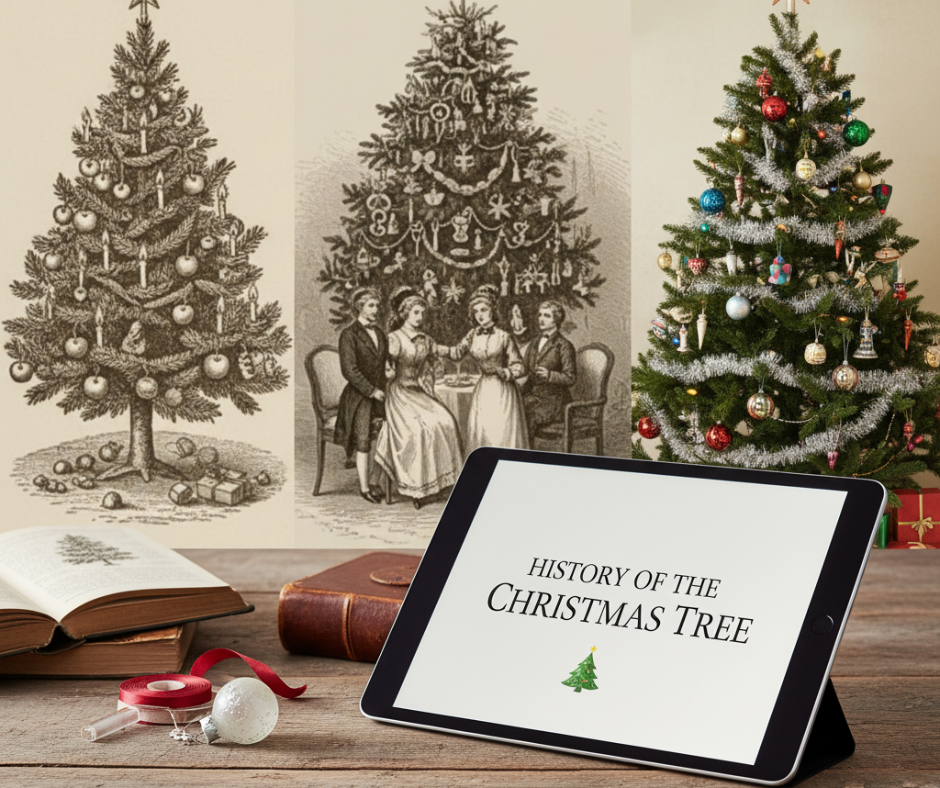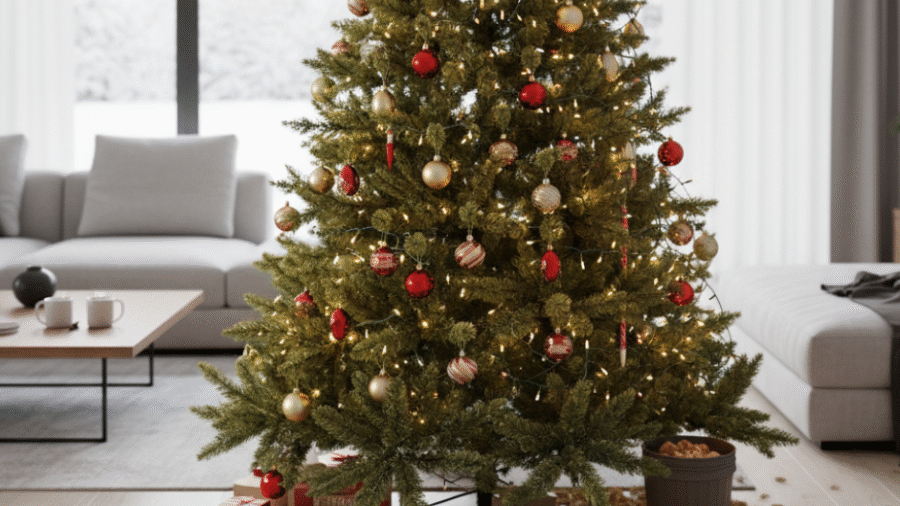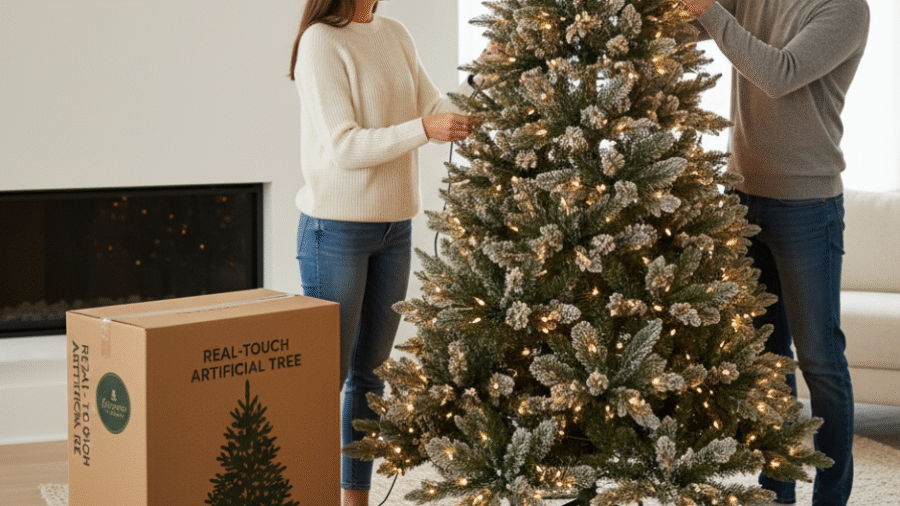Bringing home a fresh Christmas tree is a cherished tradition that brings fragrance, beauty, and festive spirit to homes worldwide. To maintain that sparkle and needle retention, watering the tree regularly is essential. But what happens if you forget to water it, or if the water runs out? How long will a Christmas tree last without water?
In this detailed article, we explore the science behind Christmas tree hydration, the effects of neglecting to water your tree, and important tips to keep your tree fresh longer. Whether you’re a first-time tree owner or want to ensure longevity in your holiday centerpiece, understanding water’s role is crucial.
Why Watering a Christmas Tree Matters
Christmas trees, even when cut, remain living plants. Their needles and branches require moisture to stay hydrated and maintain structural integrity. When you place a freshly cut tree in a stand filled with water, the cut trunk absorbs moisture through its vascular system, similar to a bouquet of flowers.
This hydration:
-
Keeps needles plump and green.
-
Prevents premature needle drop.
-
Maintains branch flexibility so the tree looks full and healthy.
-
Reduces the risk of the tree becoming a fire hazard, as dry trees ignite rapidly.
Without water, the vascular system seals with resin in 4-6 hours, blocking moisture uptake and causing rapid drying.
How Long Will a Tree Last Without Water?
The exact time a Christmas tree lasts without water varies greatly, depending on factors including species, freshness, ambient temperature, humidity, and tree condition. However, general estimates are:
-
Few hours (4-6 hours): Once out of water, the tree’s vascular system can seal, limiting further water absorption.
-
1 to 2 days: A freshly cut tree may survive up to two days without water with minimal needle drop under ideal indoor conditions.
-
Beyond 2 days: The tree begins to dry rapidly; needle browning and drop increase steadily.
-
After a week without water: Expect significant needle loss and brittleness, with the tree becoming dry and unsafe.
Artificial trees, of course, do not require water and don’t experience this degradation.
Factors Influencing How Quickly a Tree Dries Out Indoors
Species Differences
-
Pines typically lose needles faster without water than firs.
-
Fir trees generally retain needles better due to waxy coatings.
Freshness at Purchase
-
Freshly cut trees have higher moisture content and last longer without water.
-
Trees cut weeks in advance dry out more quickly.
Indoor Environment
-
Warm rooms accelerate drying.
-
Proximity to heaters, fireplaces, or vents increases moisture loss.
-
Dry air leads to faster dehydration.
Signs Your Tree Is Drying Out from Lack of Water
-
Needle color turns dull green, yellow, or brown.
-
Needles become brittle and fall off easily.
-
Branches feel stiff or break under weight.
-
The tree smells musty or resinous rather than fresh pine.
Neglecting water risks your tree not just losing beauty but also becoming a fire hazard as dry wood and needles ignite quickly.
Can You Save a Christmas Tree That Has Gone Without Water?
If you realize your tree hasn’t been watered:
-
Immediately cut a fresh slice (about 1 inch) off the trunk base to reopen the vascular tissue.
-
Place the tree in a stand filled with water and fill frequently.
-
Lower room temperatures and avoid heat sources.
-
Use a humidifier to slow drying.
These actions may revive needle moisture and delay deterioration if done early.
Best Practices to Keep Your Christmas Tree Hydrated
-
Check and refill the water daily.
-
Keep a gallon or more of water in the stand for larger trees.
-
Always place a fresh cut on the trunk immediately before standing.
-
Avoid additives; plain water is best.
-
Locate the tree away from direct sunlight and heating.
Maintaining water is the simplest way to extend your tree’s freshness and safety through the holidays.
Potential Hazards of a Dry Christmas Tree
-
Fire Risk: Dry trees ignite and burn extremely fast.
-
Increased Needle Drop: Creating mess and allergic triggers.
-
Loss of Holiday Ambiance: Visual appeal and fragrance diminish.
Watering directly contributes to safety and enjoyment.
Read More: What Is a Christmas Tree in Oil and Gas? Understanding the Critical Wellhead Equipment
Conclusion
A real Christmas tree without water can only last mere hours to a couple of days before needle drop and drying accelerate. Prompt and consistent watering is vital to maintain the health and beauty of your tree throughout the holiday season.
If your tree has been neglected, acting quickly with a fresh cut and water may extend its life. Respecting the hydration needs of your Christmas tree ensures a safe, aromatic, and festive centerpiece that will brighten your home.







